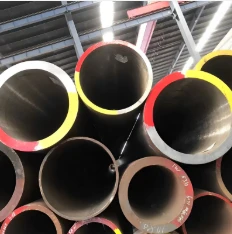

Next is the application of the coating itself. Depending on the pipeline specification and environmental conditions, different types of coatings might be employed. Fusion bonded epoxy (FBE) is a common choice due to its corrosion resistance and mechanical strength. Some projects might require additional layers, such as polyolefin coatings or liquid epoxies, to meet specific protection needs. Each of these coatings has unique application requirements, and skilled technicians must adhere to precise procedures and use specialized tools to ensure consistency and coverage. Following application, quality assurance is imperative. This involves a series of inspections and tests, such as holiday detection to identify defects, adhesion tests to confirm bonding strength, and thickness measurements to ensure even application. These tests are conducted using calibrated equipment, and findings are meticulously documented. Emphasizing trustworthiness and accountability, reputable companies often employ third-party inspectors to oversee the coating process. This independent verification is part of a broader quality assurance strategy that underscores reliability and commitment to industry best practices. In conclusion, pipeline field joint coating procedures embody a blend of technical expertise, rigorous environmental considerations, and meticulous quality controls. By adhering to these high standards, professionals in the field not only extend the life of pipeline systems but also uphold the trust and safety expectations of their clients and communities they serve. In an industry where precision and reliability are paramount, these procedures are designed not just for compliance, but for excellence and peace of mind.
Post time: Fev . 17, 2025 11:34
Prev:
Next:

















